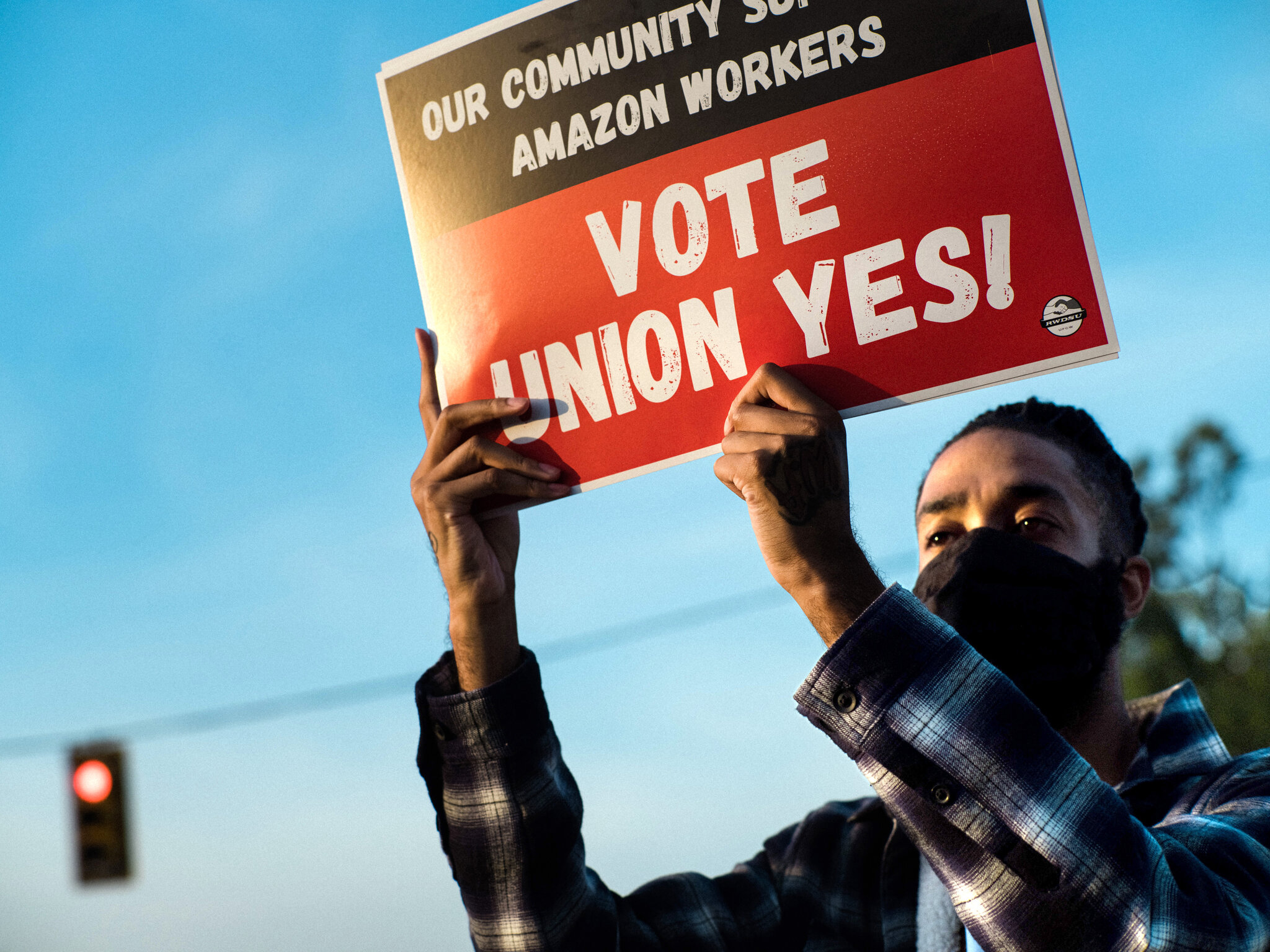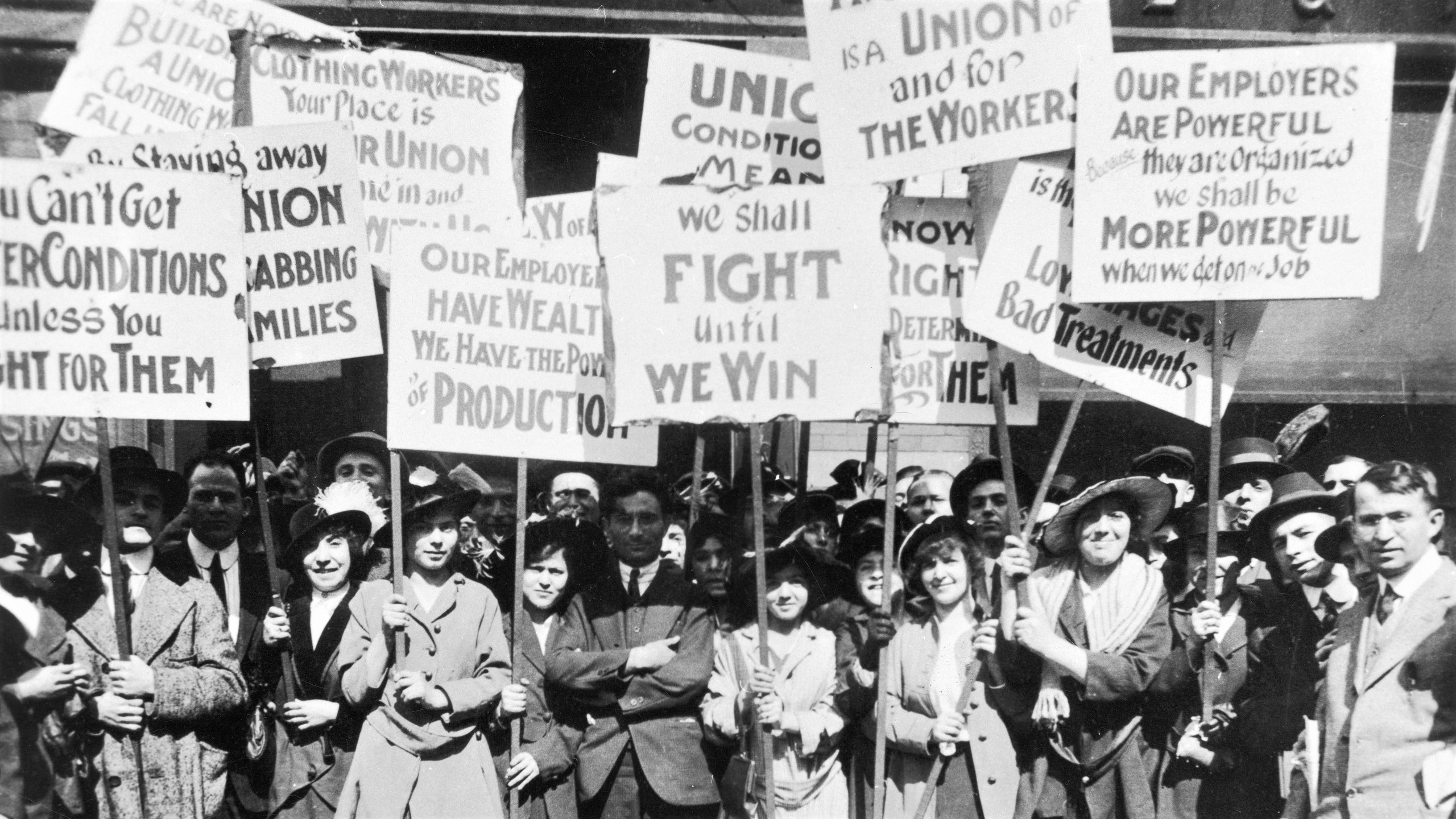Labor shortages, rising wages, and swelling quit rates (the “great resignation”) have recently shifted America’s worker-management balance, long tilted in favor of employers. At the same time, labor unions have launched organizing drives against major non-union employers (Starbucks, Amazon), and workers have rejected tentative contracts (Kellogg’s). After 50 years of union decline, could we be on the verge of a turnaround? This seems a good time to re-examine “labor’s giant step” during the Great Depression and World War II. What conditions sparked the transformation of American unions and the surge in union membership? How did the labor force change? What new strategies and tactics did unions use? What did government do? How did employers react? This case study demonstrates how history helps us to interpret today’s headlines. 
 Michael Homel is Professor Emeritus of History at Eastern Michigan University. He specializes in 20th century American history and American urban history. He is the author of Unlocking City Hall: Exploring the History of Local Government and Politics and other publications on urban politics and education.
Michael Homel is Professor Emeritus of History at Eastern Michigan University. He specializes in 20th century American history and American urban history. He is the author of Unlocking City Hall: Exploring the History of Local Government and Politics and other publications on urban politics and education.